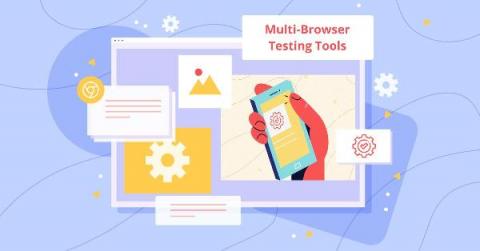Comparison between Testsigma and Protractor alternatives
You might already know that Google is going to stop the development of Protractor soon. Here, in this article, we will discuss what is protractor, why it was used, why it is being discontinued, and what are some of its alternatives that you can use now. So, without further ado, let’s begin.











